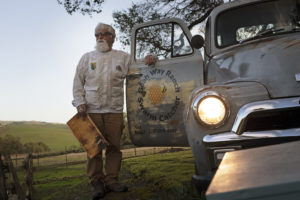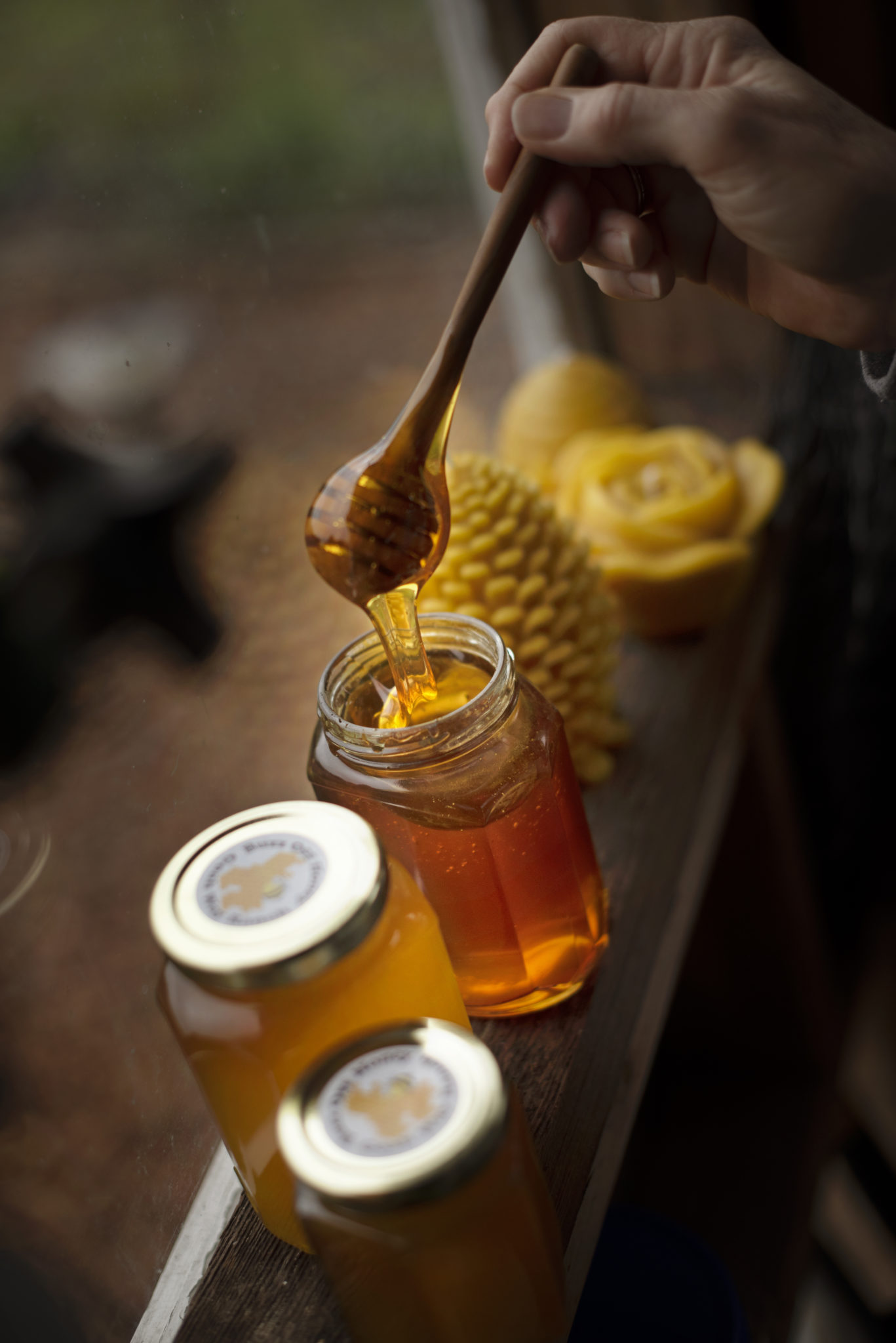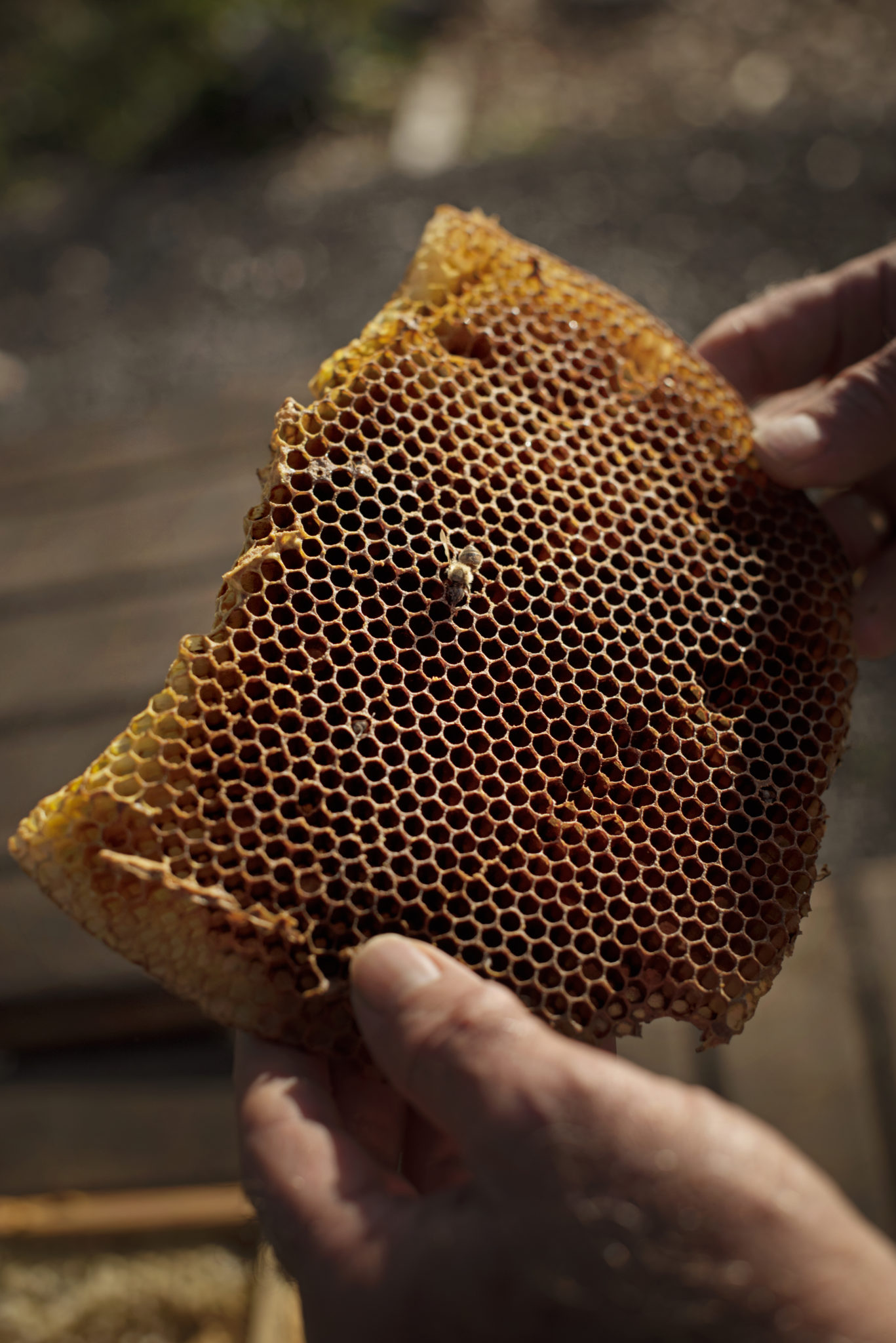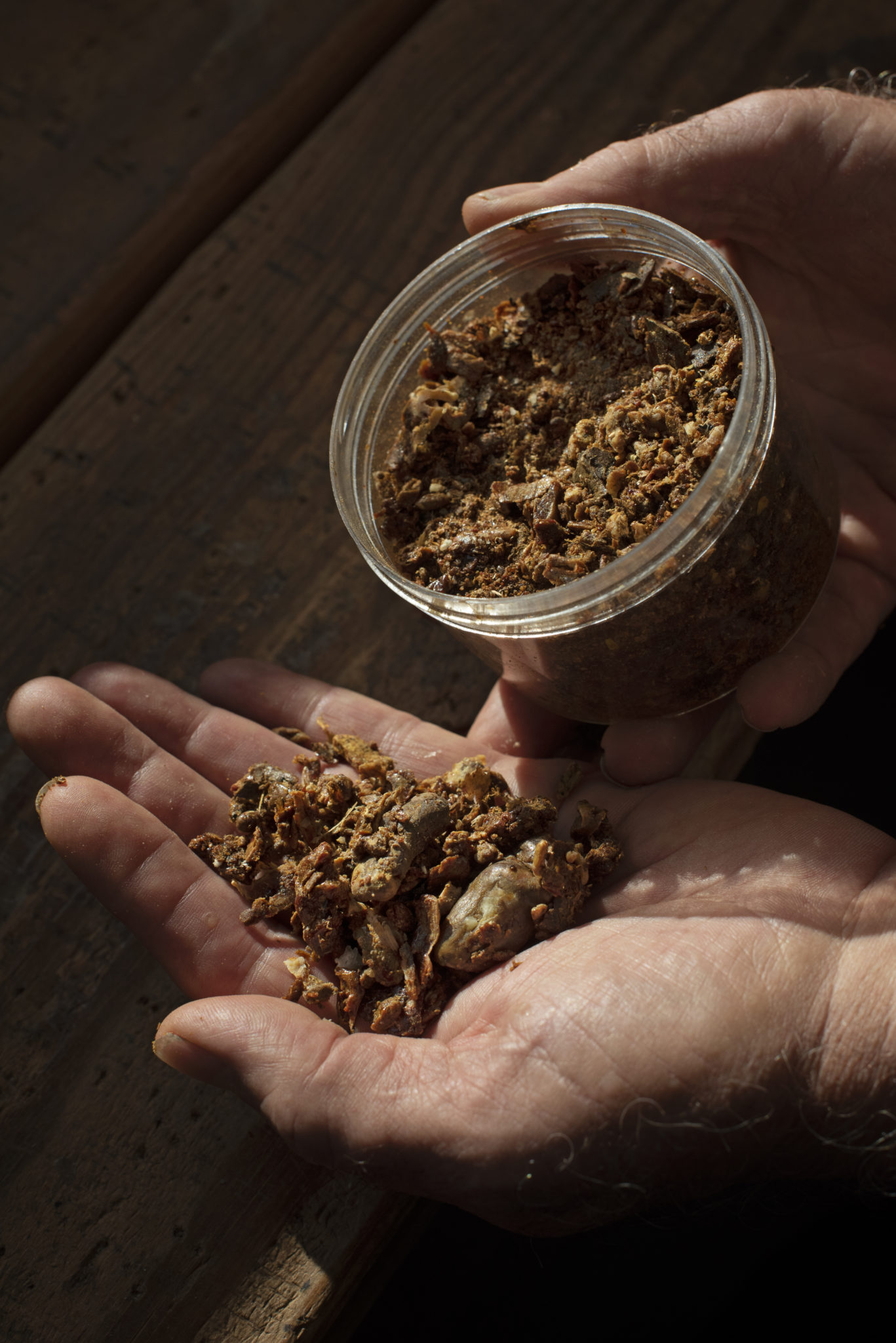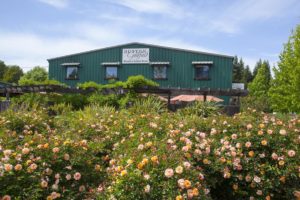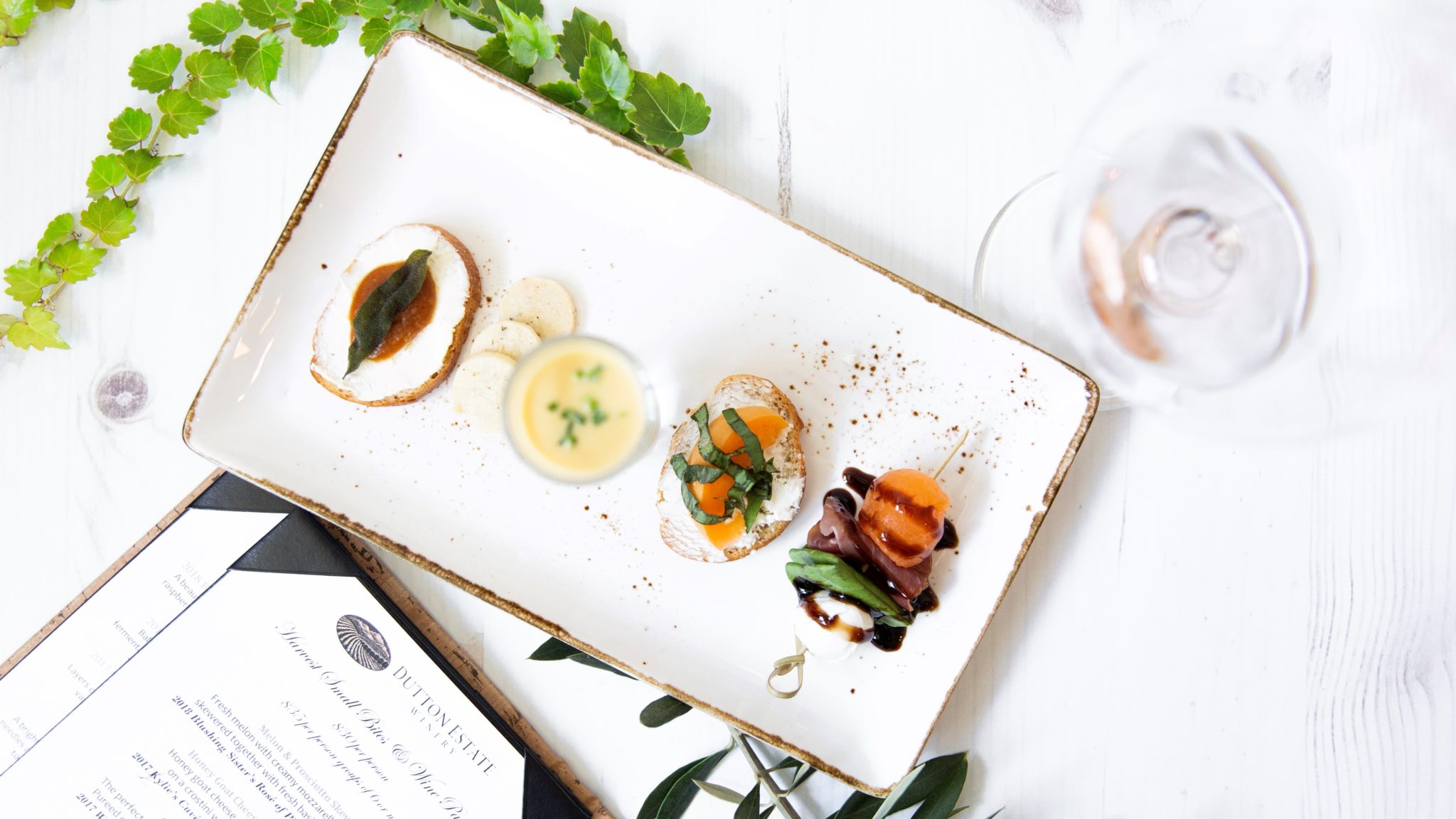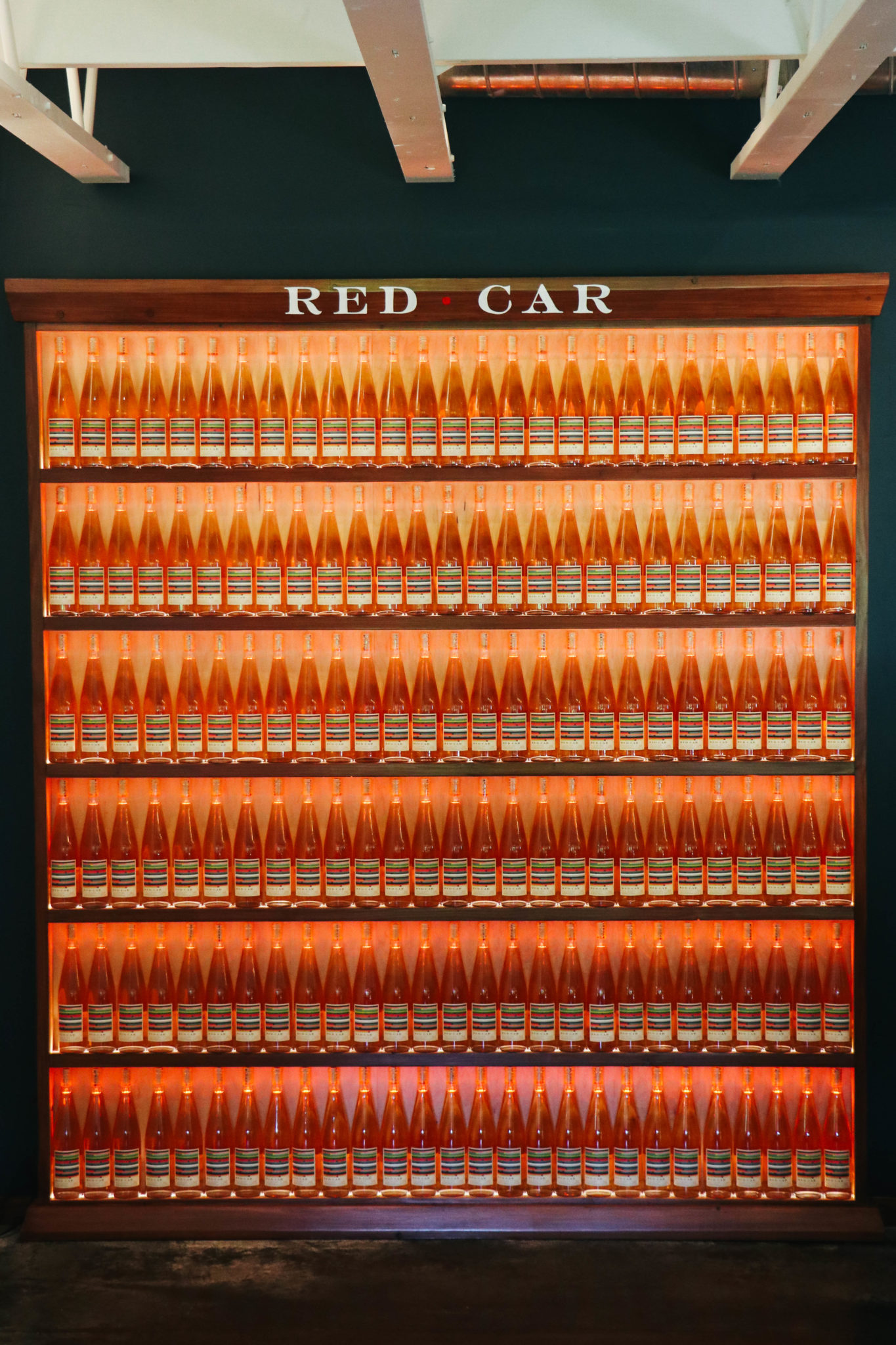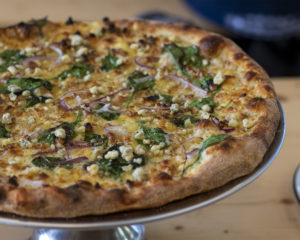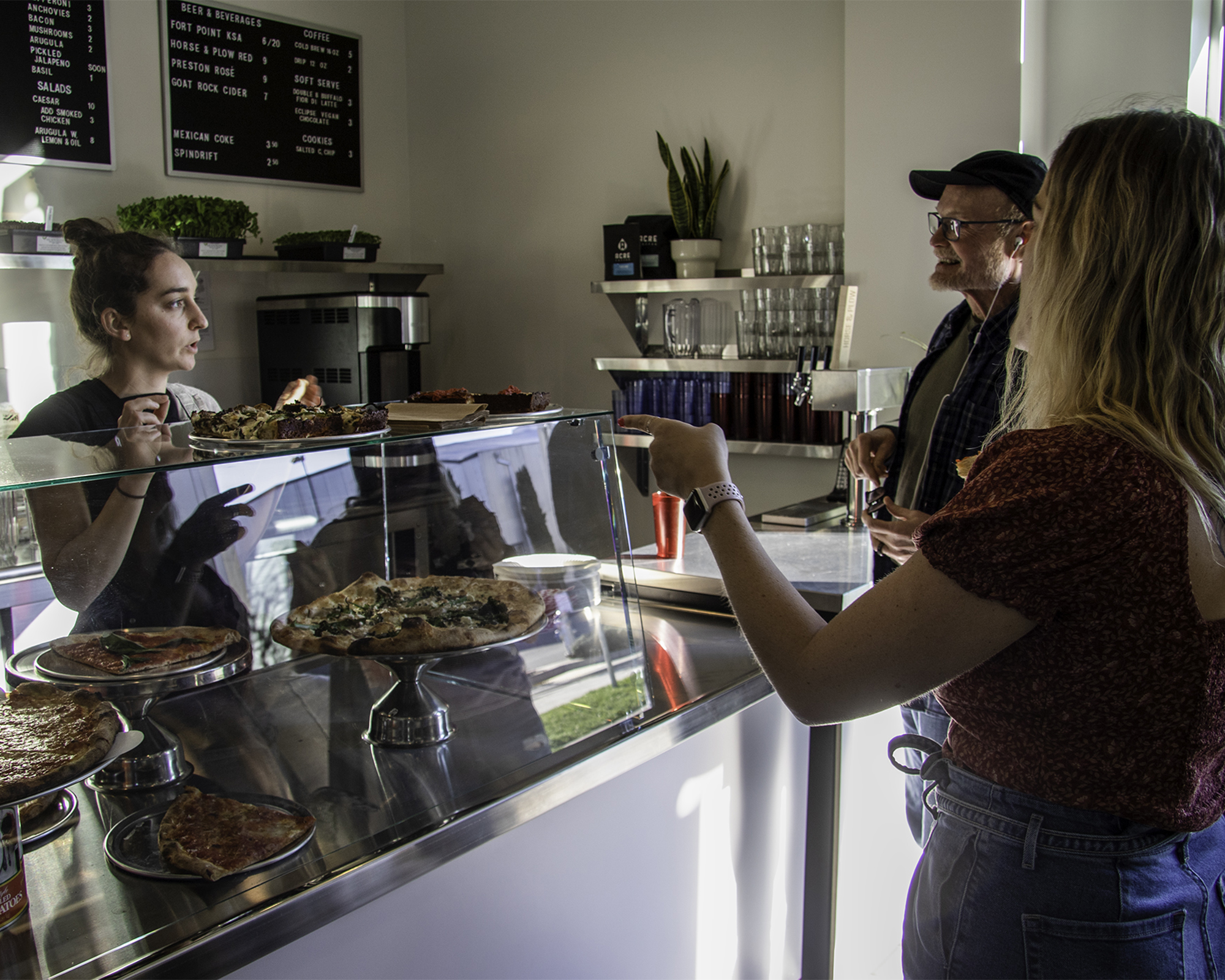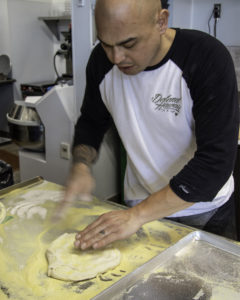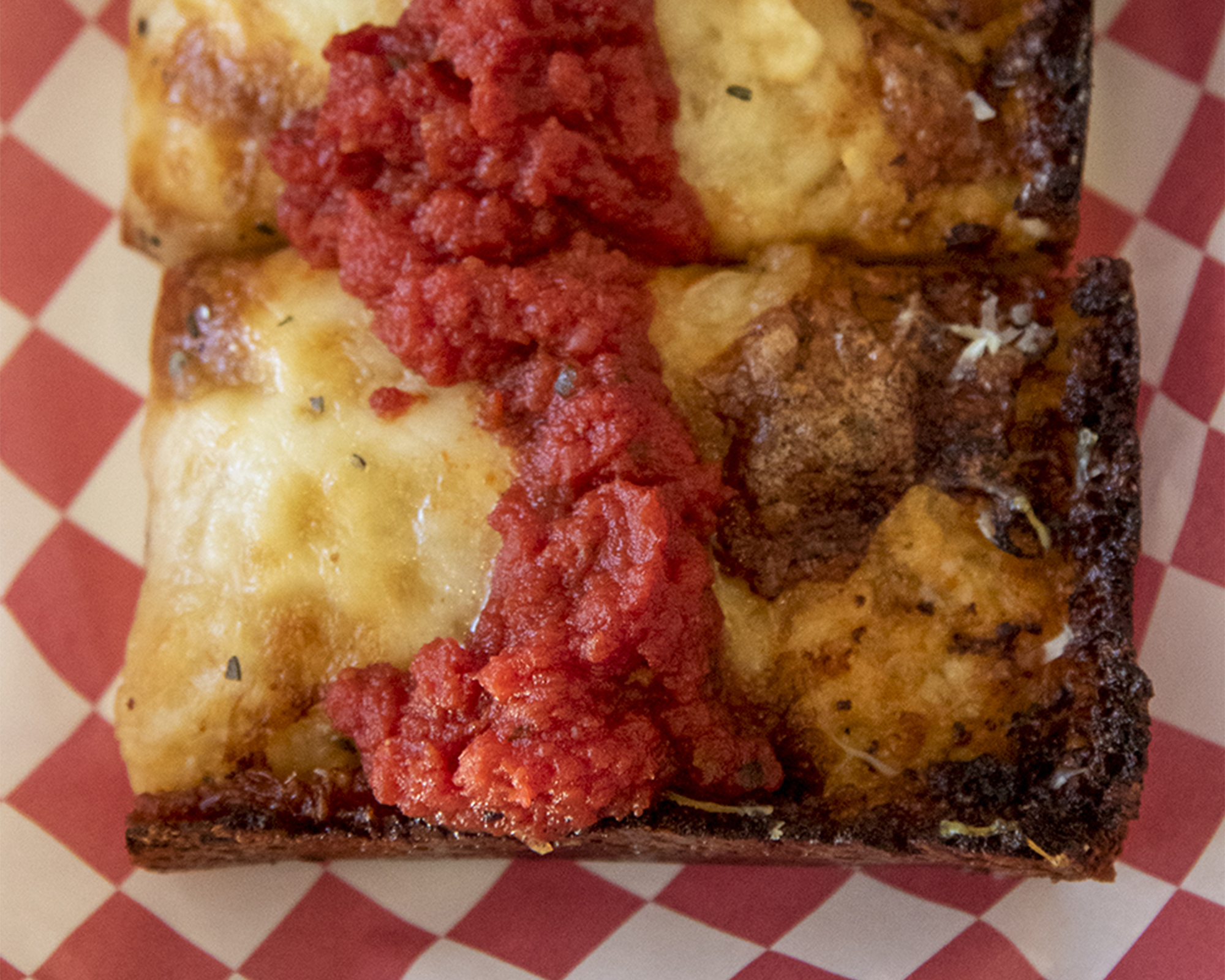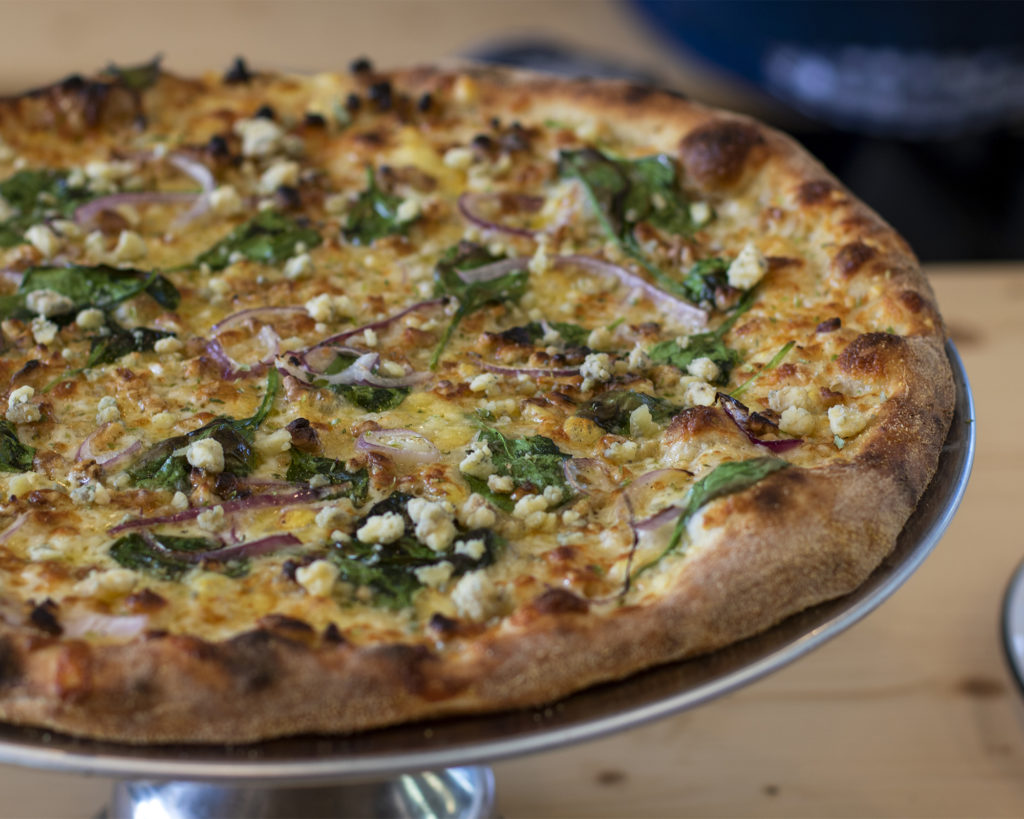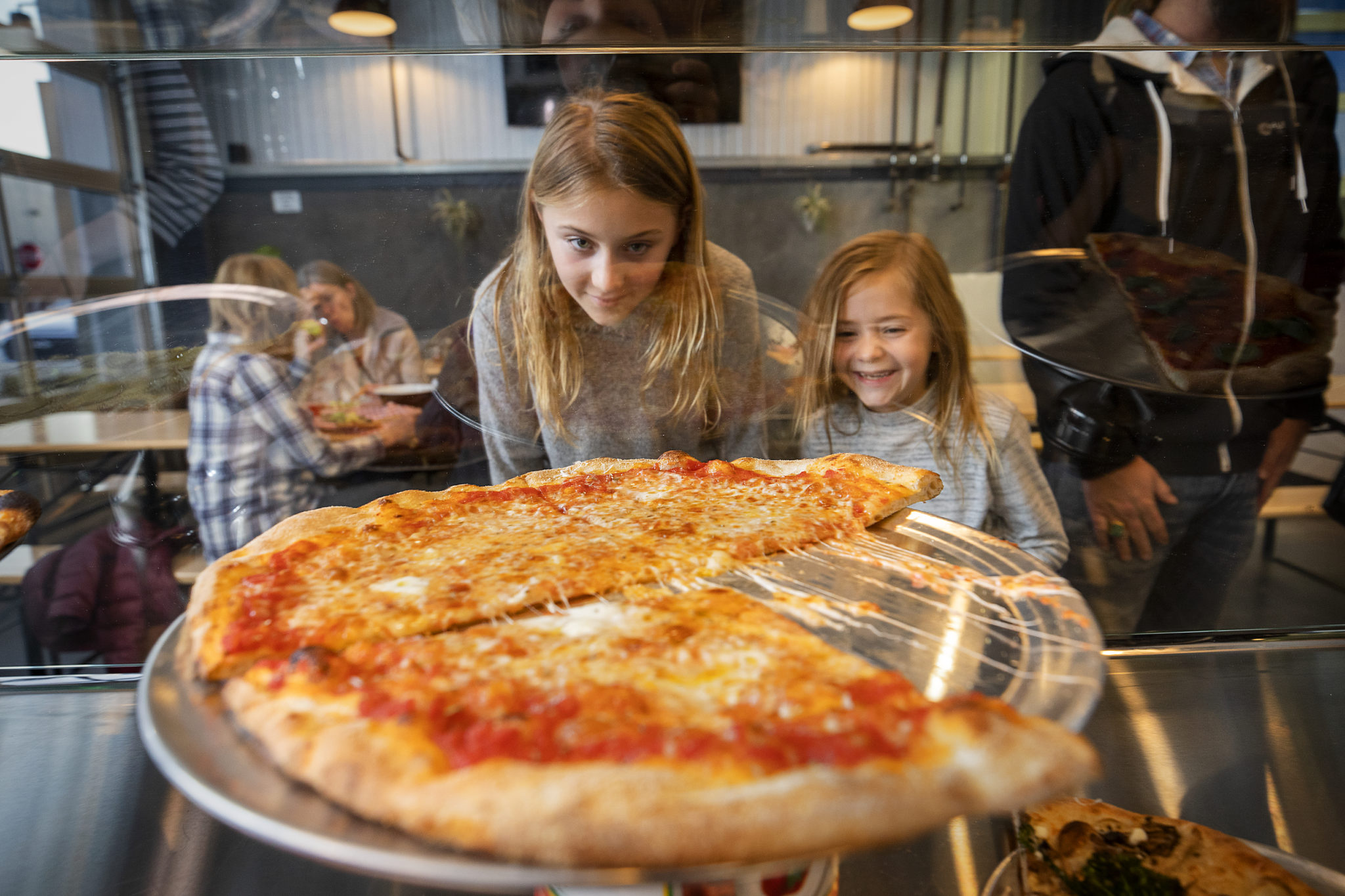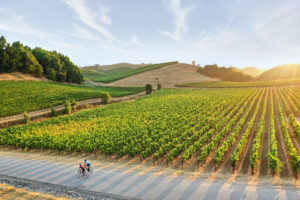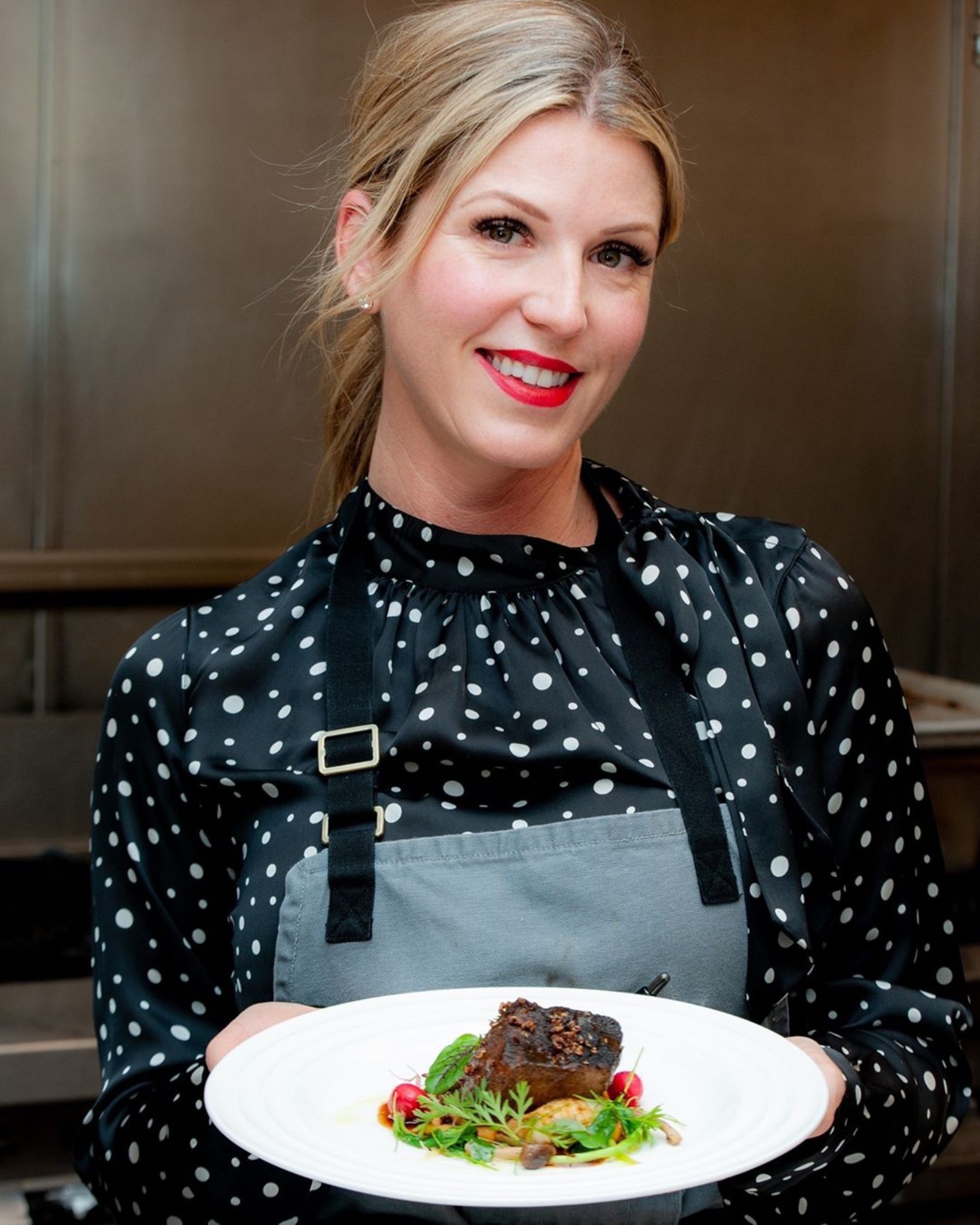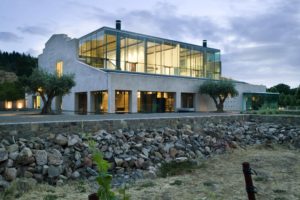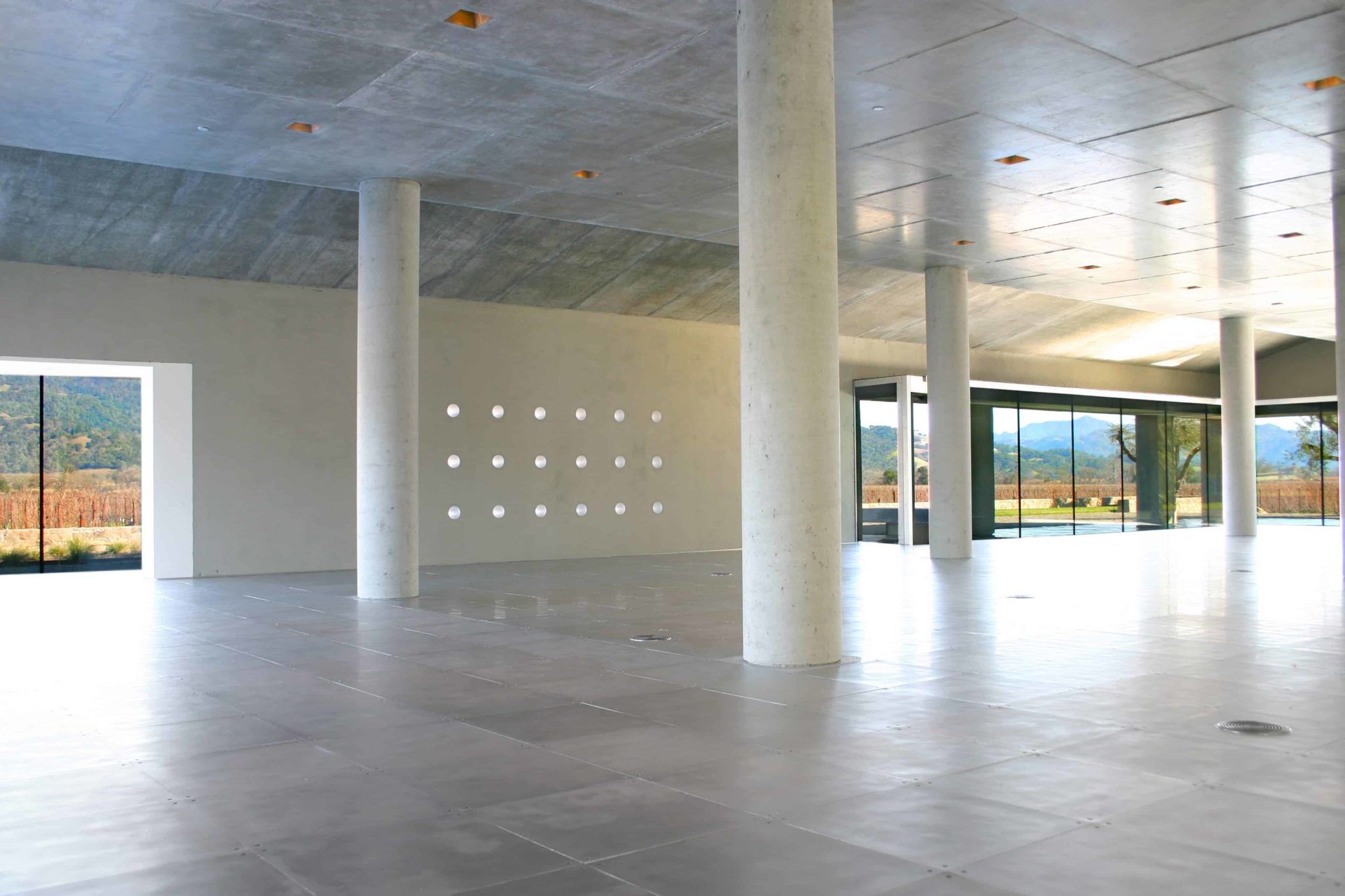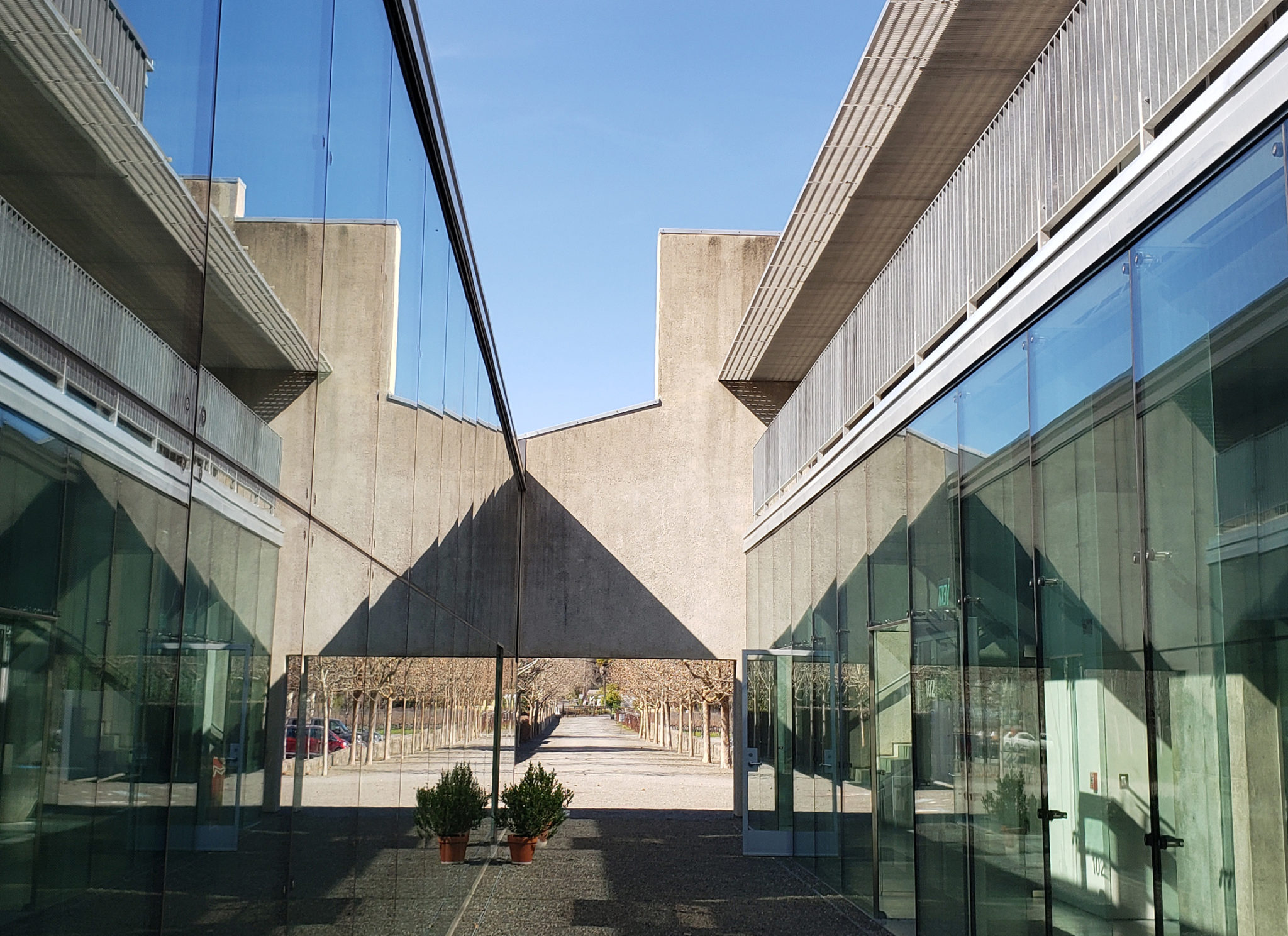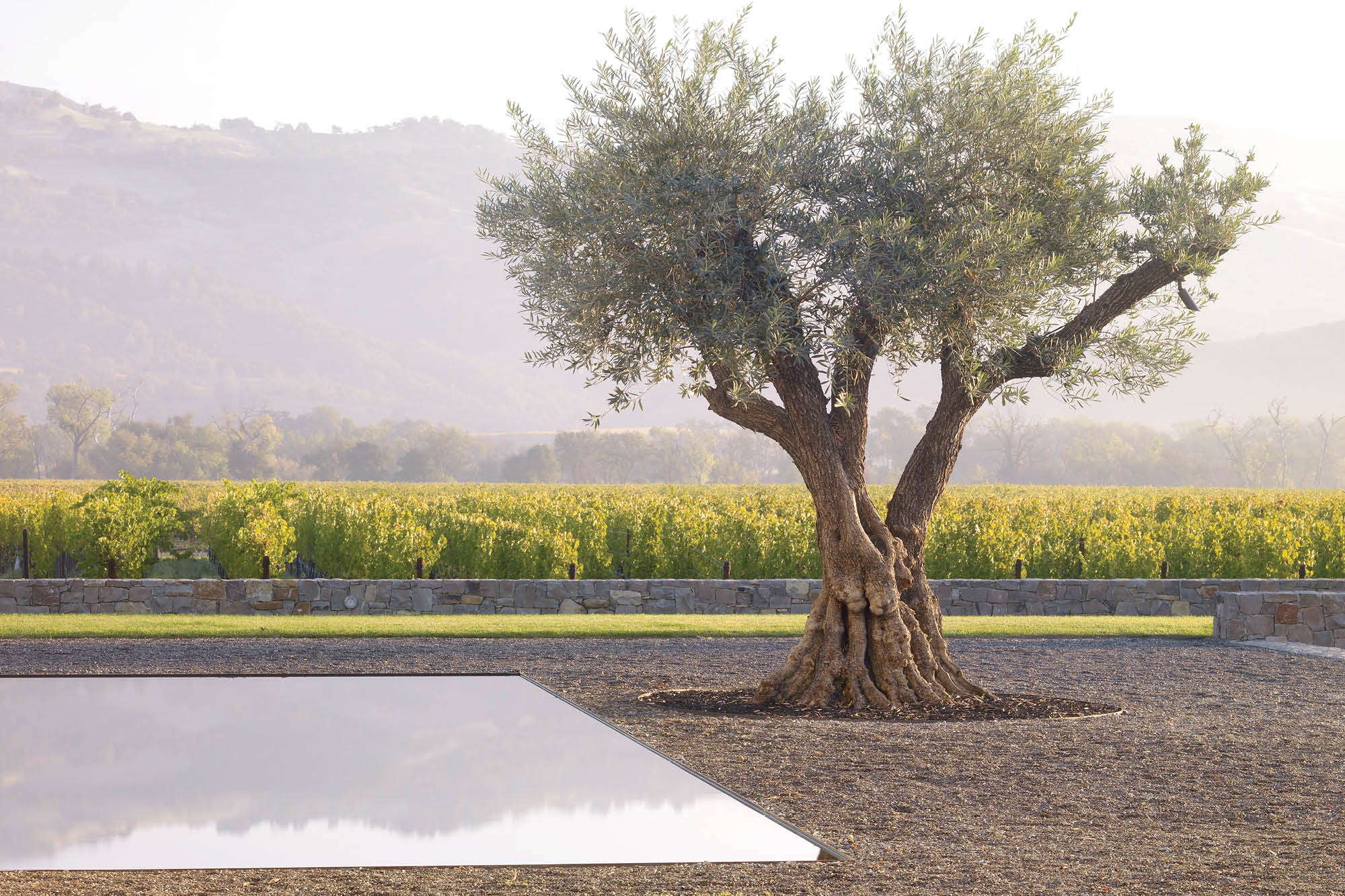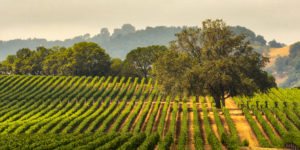Truly, spring is one of the most beautiful times to be in Wine Country. Hills are still green and we’re all ready for longer days and shorter nights. Though plenty of restaurants have opened in the last few months, I’ve had a wave of nostalgia for some classic spots that have either changed significantly since my first visit, opened a new location, or just drew me back in for another look. So get out and enjoy yourself this spring — and that’s an order!
Click through the above gallery for photos.
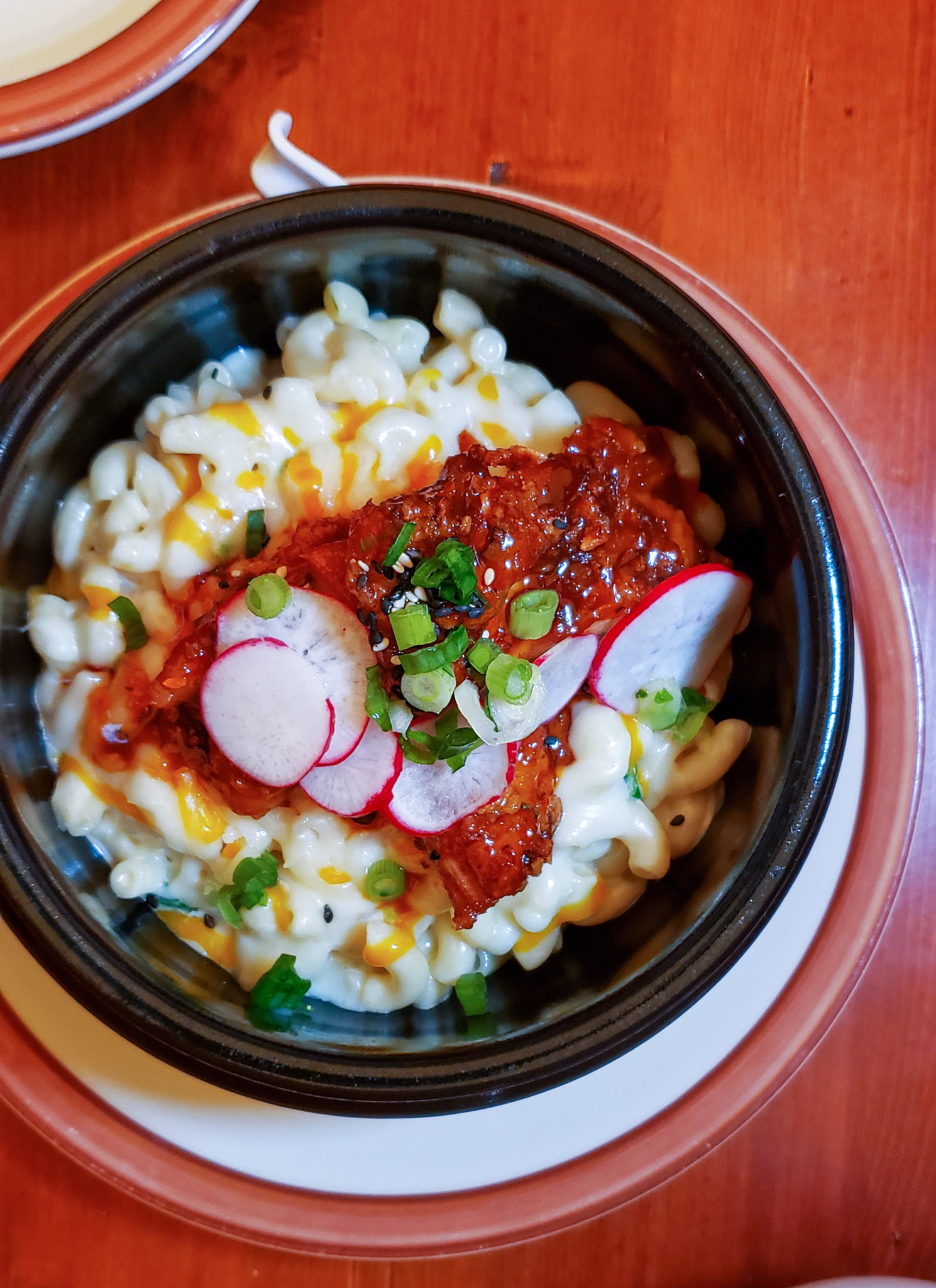
Pat’s International, Guerneville
For nearly 80 years, Pat’s Cafe quietly persisted in downtown Guerneville. With a focus on breakfast and lunch, meals were hearty workaday diner standards with family- friendly prices and fisherman-friendly hours. And for three generations under the ownership of the same family, not much changed.
Time meandered by like the nearby Russian River as salmon runs came and went. Floods came and went. Lazy Bear weekends, summer resort-goers, and Sisters of Perpetual Indulgence came and went.
Then came David Blomster and his Korean Fried Chicken.
Six years ago, Blomster began quietly hosting an evening pop-up at Pat’s that featured Asian-inspired dishes with California flair. It’s messy, saucy, cram-it-in-your-face kind of food, with his sweet-savory fried chicken as the star. It stuck.
Now, Blomster is heading the whole Pat’s show, taking ownership of the restaurant, removing the old bar, creating a new menu, and changing the name to Pat’s International to refl ect the gentle mashup of cuisines he’s featuring.
You can sit at the retro-cool diner counter or pad into the dining room with wall-to-wall green carpeting and wooden picnic tables. Napkins, silverware, and jam are already on the table.
Though you can certainly stumble into Pat’s with blinders on, it’s the journey into the town’s history and Blomster’s quirky design sensibility that’s a huge part of the appeal.
To take anything at Pat’s at face value is to miss everything. Every surface tells a story, from the mottled “pecky cypress” wood on the walls to the geometric plastic ceiling tiles that are actually an art installation by artist Jim Isermann, to a meticulously detailed 1950s Russian River map made by Bill Schaadt, considered one of the world’s greatest fly fishermen.
Everything at Pat’s comes with a side of history. Or fried chicken. Your choice.
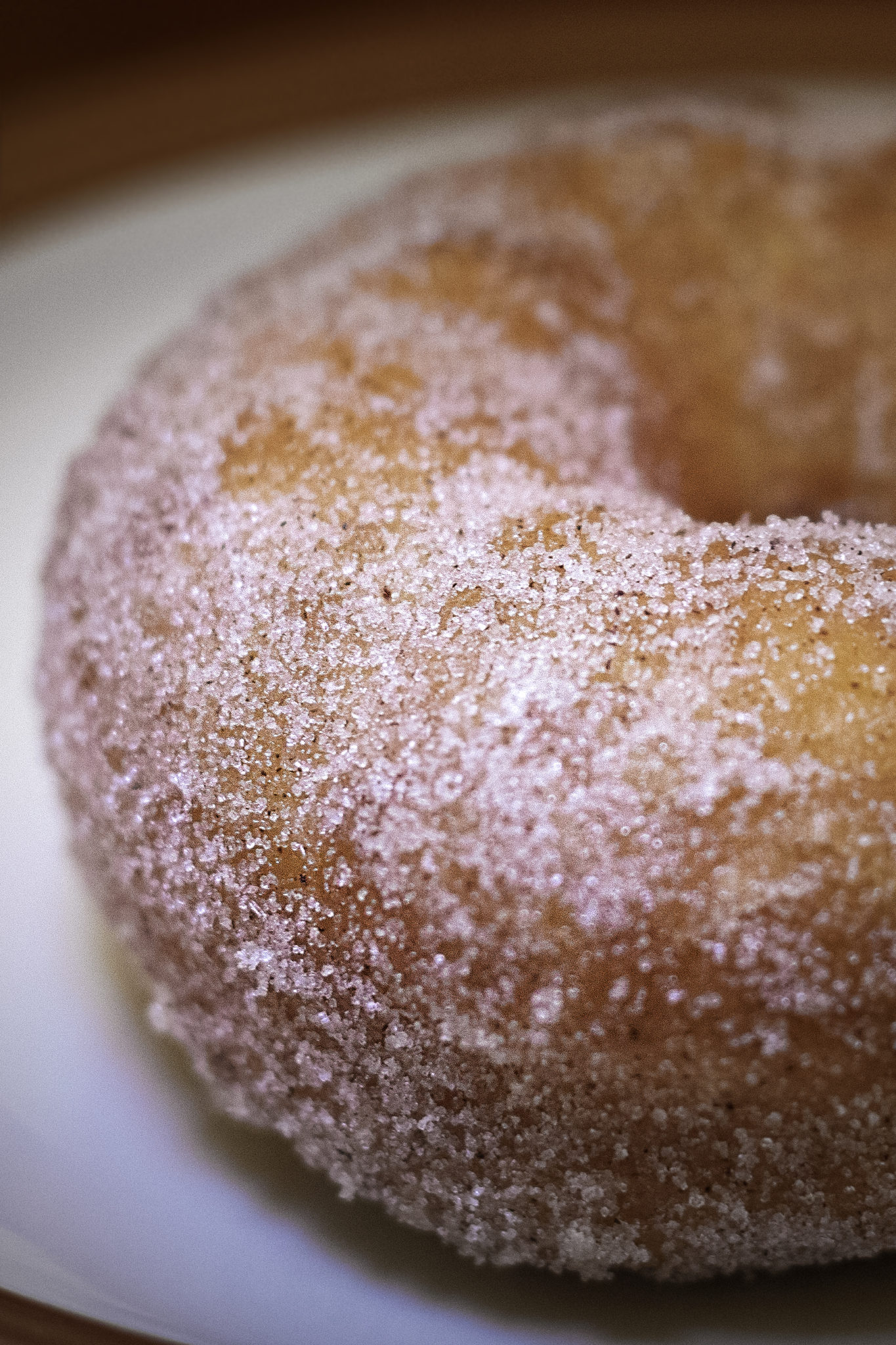
BEST BETS
The KFC Sandwich, $10: The classic fried chicken sando comes with slightly spicy sweet and savory sauce, vanilla slaw, aioli, and a brioche bun. Or skip the chicken and get a fried KFT, made with tofu.
Mac and Cheese, $17.50: You can go with the plain mac, made with cheddar, Gruyere, and Parmesan cheese, but why not sex it up a little and throw some Korean Fried Chicken on top? If you can eat the whole bowl, I salute you and your powerful appetite.
Ham Benedict, $15: Why hasn’t everyone thought to make eggs benny with cheesy Mornay sauce instead of hollandaise? Details. Truly a triumph of yum.
Huevos Rancheros, $14: The classic made with layers of crispy tortilla, black beans, a thick disc of scrambled eggs, salsa, and sour cream.
Chicken Pozole, $16: A heaping helping of mild green chile and shredded chicken soup with hominy. Guaranteed to cure your winter blues.
Also check out: Tofu scramble, biscuits and gravy, hot cakes and syrup, a grass-fed burger, a vegan soba noodle bowl, “Catch of the Day” fish and chips, or the Reuben.
16236 Main St., Guerneville, 707-604-4007, patsinternational.com.
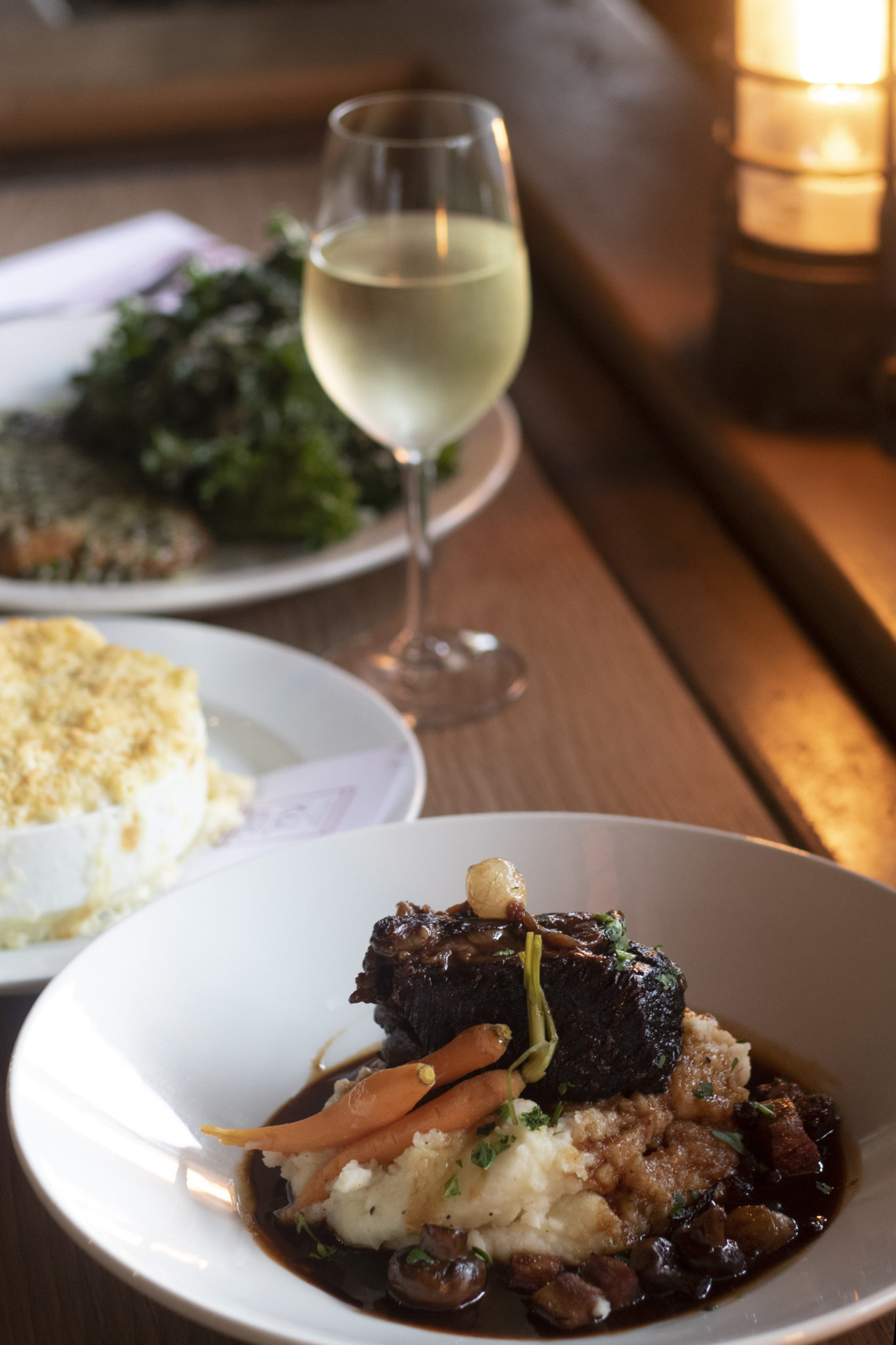
K & L Bistro
When this tiny Sebastopol bistro won a Michelin star in 2013, it was an honor as well as a curse for owners Karen and Lucas Martin.
“We never had aspirations for that. We were just cooking and doing what we loved. We just wanted to be this little bistro,” according to Lucas, who runs the front of the house while Karen tackles the busy kitchen. “I mean, at one point we had a crib in here,” said the father of two. “We just wanted to enjoy what we did.”
Though they lost the star in 2009, the food has only improved over time, with an expanded menu and an expanded restaurant. It’s changed up its Parisian focus to a more diverse and contemporary menu that includes their son’s ode to In-N-Out’s Animal-Style French fries, ramen, mussels marinière, chicken piccata that honors Ralph’s Bistro (a favorite, now-closed Healdsburg cafe), lush ravioli, and Brussels sprouts.
A full bar, hopping happy hour, and desserts worth saving room for make it one of the few places where I think the prices are worth every penny. K&L isn’t cheap, but I’m betting you won’t walk away disappointed. Or hungry. After several cringe-worthy meals at local restaurants at the same price point, K& L was like settling into a warm bubble bath — comforting, decadent, and worth savoring each delicious moment.
119 South Main St., Sebastopol, 707-823-6614, klbistro.com.
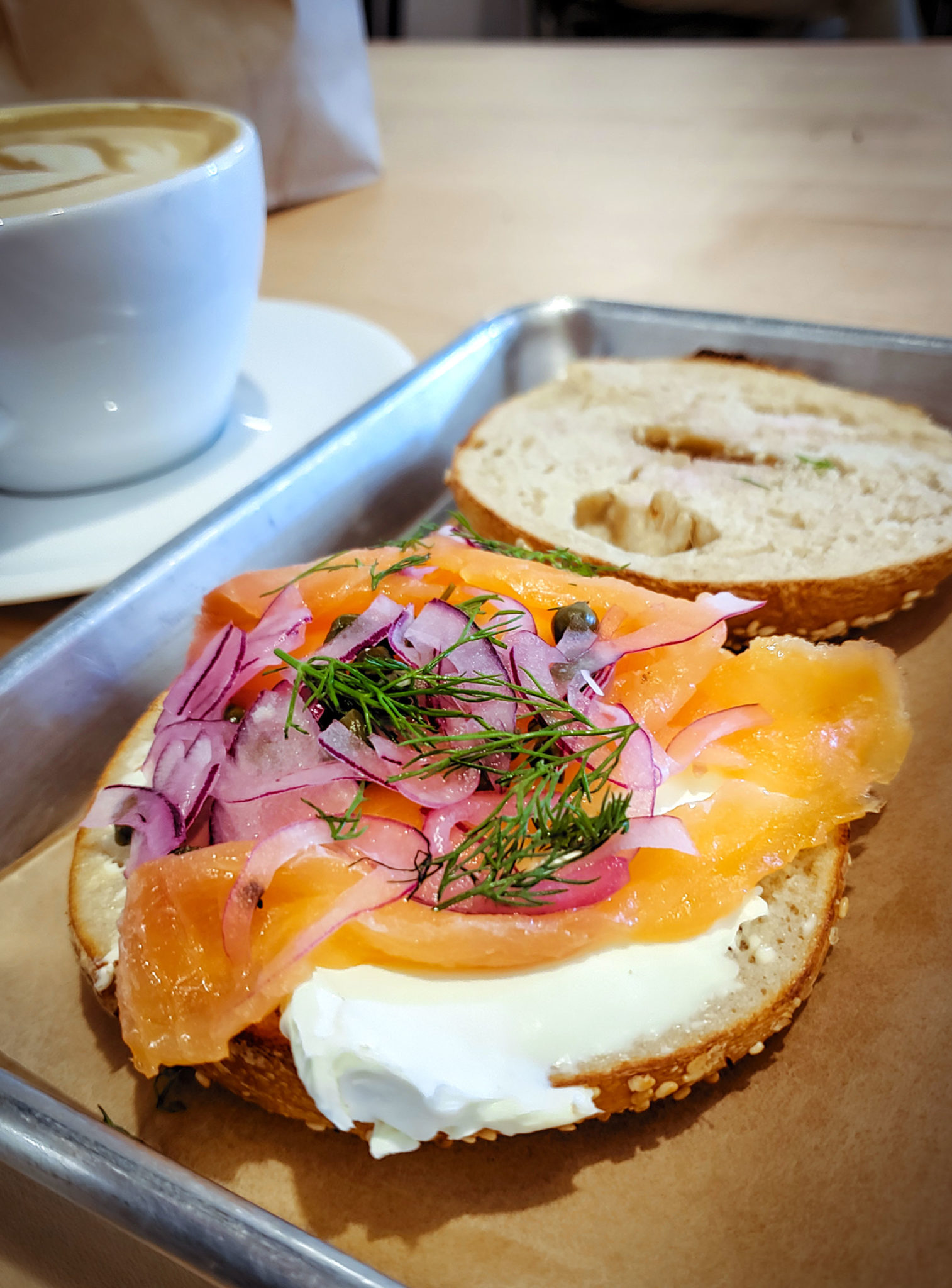
The Bagel Mill
I am one of those tedious ex-New Yorkers who moan about how terrible the bagels are in California. We also gripe a lot about crummy pastrami and your ridiculous little pizzas. But mostly, it’s the bagels, people. They’re like puffy dinner rolls. It’s crazy. The Bagel Mill in Petaluma is the first local baker to even get close to perfection, both boiling and baking these ancient carbo-loaders into chewy, snappy rings of goodness — but with a Sonoma twist: farm-to-table sourdough whole-grain bagels.
212 Western Ave., Petaluma, 707-981-8010, thebagelmill.com.
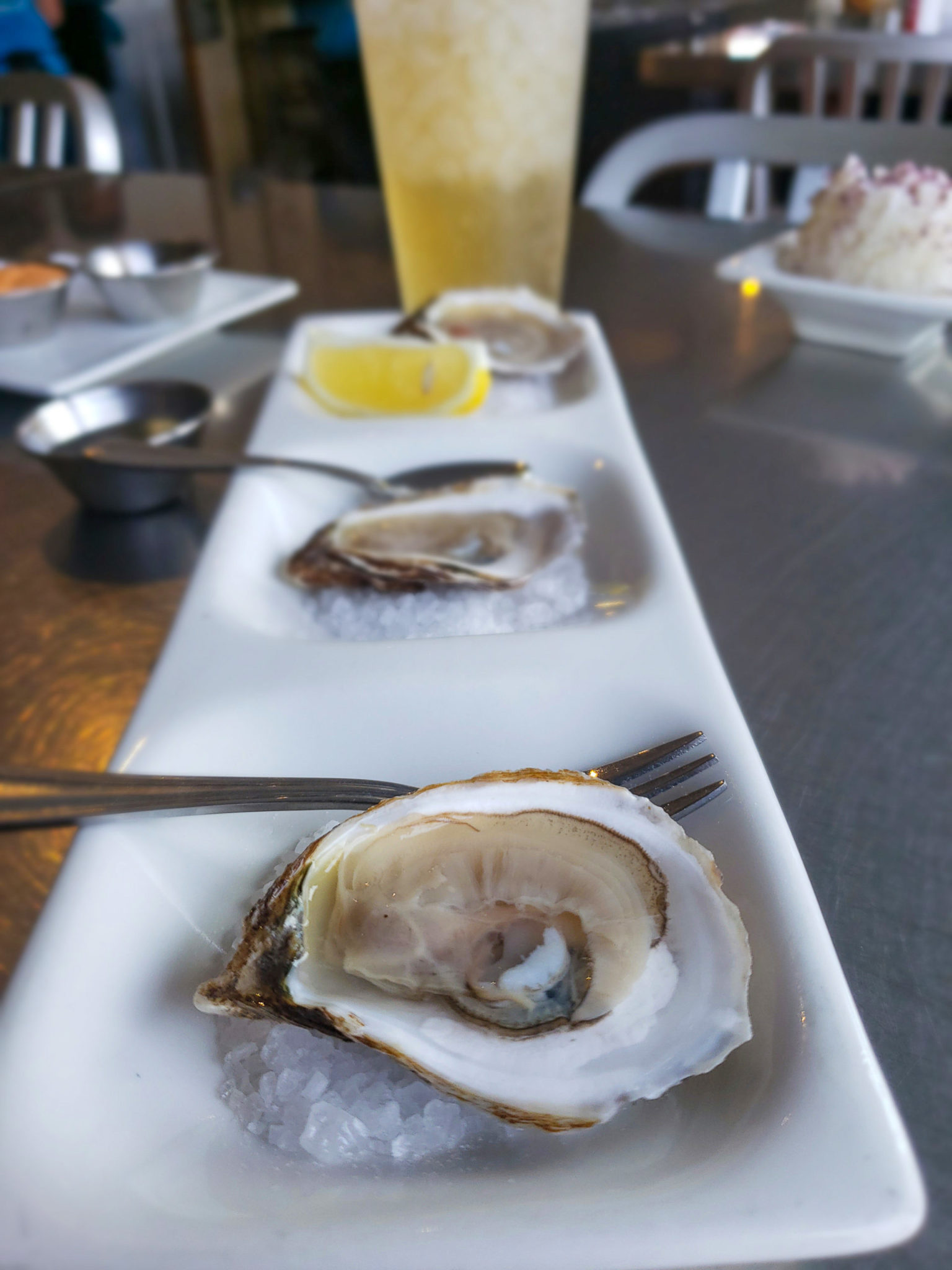
Santa Rosa Seafood Raw Bar & Grill
I don’t get the chance to do repeat dining at a lot of restaurants while in search of new experiences, but I happened to hit up Santa Rosa Seafood’s cafe the other day while searching for oysters. In many ways, it was bittersweet, having last been at the joined restaurant/fish market tasting oysters with owner Mike Svedise, who died unexpectedly in 2017. His presence still looms large. I was really impressed, however, to see that everything was as fresh and delicious as when it opened years ago. It’s really not much to look at, and parking is dicey, but fresh ahi poke is so good that they put the sauce — a smoky sesame oil or spicy mayo — on the side. Truthfully, it’s almost a shame to cover it up. The fish and chips are outstanding, as are the cioppino and the fresh oysters. The only thing missing was Mike, a bottle of vodka, and a little hot sauce to wash it all down.
958 Santa Rosa Ave., Santa Rosa, 707-579-3474, facebook.com/srseafoodgrill.



